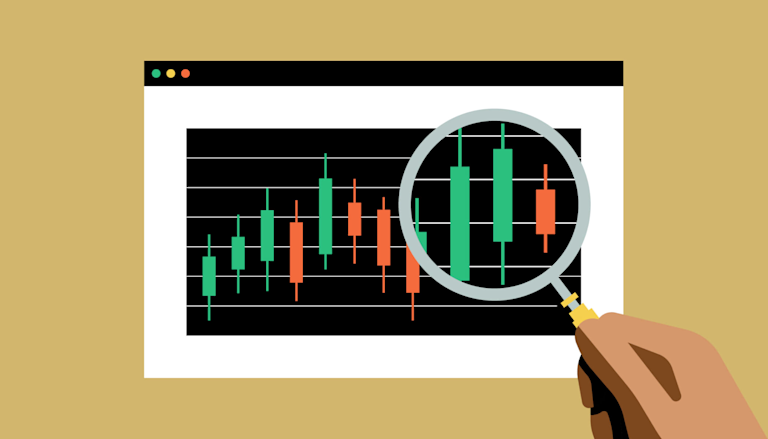
Unpacking the Crypto Trading Framework: Strategies for Success
In recent years, cryptocurrency has transformed from a niche interest into a massive financial market, attracting millions of traders worldwide. A well-structured Crypto Trading Framework is essential for anyone looking to navigate this dynamic landscape effectively. In this article, we’ll explore the key components of a robust trading framework, strategies to amplify your trading success, and tools that can facilitate your trading journey. Additionally, if you seek more resources, you can Crypto Trading Framework visit website for additional insights.
Understanding the Crypto Trading Framework
The Crypto Trading Framework consists of methodology, tools, and mindset that traders implement to engage successfully in cryptocurrency trading. It integrates technical analysis, risk management, and emotional discipline into a cohesive approach, allowing traders to make informed decisions based on data rather than emotions.
1. Technical Analysis: The Backbone of Your Framework
Technical analysis involves analyzing price charts and patterns to forecast future price movements. Traders utilize various indicators and charts, such as:
- Moving Averages: These assist in identifying trends, smoothing out price data over a specific period.
- Relative Strength Index (RSI): This momentum oscillator helps traders identify overbought or oversold market conditions.
- Fibonacci Retracement: This tool helps traders identify potential reversal levels based on key Fibonacci numbers.
By incorporating these tools, traders can gain insights into potential entry and exit points, enabling them to make informed trading decisions.

2. Risk Management: Protecting Your Capital
No trading strategy is complete without a solid risk management plan. The primary goal of risk management is to minimize losses and protect your trading capital. Here are some essential risk management strategies:
- Position Sizing: Determine how much capital to allocate to each trade based on your total account balance and risk tolerance.
- Stop Loss Orders: A stop loss order automatically sells your asset when it reaches a specific price, limiting potential losses.
- Diversification: Spread your investments across various assets to mitigate the risk associated with any single asset’s performance.
3. Emotional Discipline: Mastering Your Psychology
Trading can be highly emotional, and many traders struggle with decisions driven by fear or greed. Developing emotional discipline is critical to adhering to your trading framework. Strategies to enhance emotional discipline include:
- Set Clear Goals: Define your trading objectives, whether they are short-term profits or long-term investments.
- Maintain a Trading Journal: Documenting your trades, the reasoning behind each decision, and the outcomes can help you learn from past experiences.
- Practice Mindfulness: Techniques such as meditation can reduce stress and improve your decision-making capabilities under pressure.
4. Tools for Trading: Selecting the Right Resources
Choosing the right trading tools is crucial for executing your strategy effectively. Some essential tools include:

- Trading Platforms: Use a reliable trading platform that offers advanced charting tools, real-time data, and user-friendly interfaces.
- Portfolio Trackers: These tools allow you to monitor your investments across various exchanges and cryptocurrencies.
- News Aggregators: Staying informed about market news can greatly influence your trading decisions. Use aggregators that provide timely and relevant information.
5. Continuous Learning: Evolving as a Trader
The cryptocurrency market is continually evolving, which demands that traders commit to ongoing education. Here are ways to enhance your crypto trading knowledge:
- Trading Courses: Consider taking reputable online courses focusing on technical and fundamental analysis.
- Webinars and Podcasts: Engaging with experts through webinars or podcasts can introduce you to new insights and strategies.
- Join Trading Communities: Connecting with other traders can provide support, strategy sharing, and discussion of market trends.
6. Developing Your Unique Trading Style
While a solid framework is essential, it’s important to personalize it according to your risk tolerance, goals, and trading style. Some common trading styles include:
- Day Trading: Involves making multiple trades within a single day to capitalize on short-term price movements.
- Swing Trading: Focuses on holding positions for several days to weeks, aiming to profit from expected price swings.
- Long-Term Investing: Involves holding digital assets for an extended period, betting on their long-term value appreciation.
Conclusion: Building Your Crypto Trading Framework
Creating a successful Crypto Trading Framework requires a blend of technical knowledge, risk management, emotional discipline, and continuous learning. By understanding the components outlined in this article, traders can better navigate the complexities of the cryptocurrency market. Remember that consistency and patience are key to achieving success in crypto trading. Develop your unique framework, stay disciplined, and adapt as the market evolves.